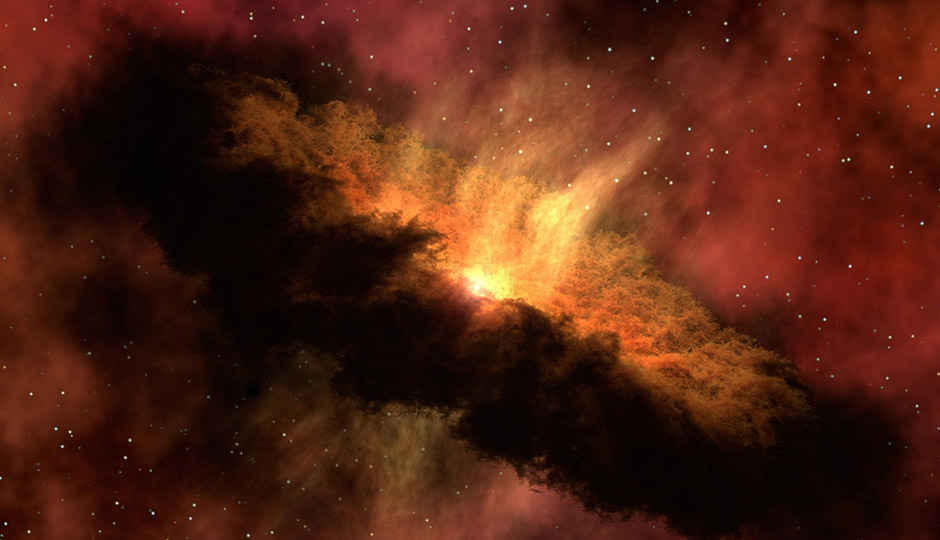 Turns out there are weather forecasts for space as well. A new study of a collection of nearby stars that seem to all be moving in the same direction has led scientists to believe that a large swathe of dark matter (not to be confused with anti-matter) is about to whiz past Earth. The dark matter is hypothesized to be the remnant of a dwarf galaxy that was swallowed by the Milky Way some billions of years ago and has been named S-1. The S-1 stream is expected to blow past Earth at a speed of 500km/s, or roughly 1500 times the speed of sound or 1/1000th the speed of light. Any which way you look at it, it's going to move fast. Dark Matter is what scientists believe makes up for most of the universe, but is a particle not yet understood by science. This isn’t the first cluster of its kind to be detected, but it is one of great significance. The reason for this is that unlike the 30 or so other similarly moving clusters, S-1 will directly cross paths with our Sun. Ciaran O'Hare from the University of Zaragoza, Spain, and colleagues calculated the impact of S1 on the dark matter in our region. O’Hare and team used various models of density and distribution of the dark matter coming through S-1 and predicted the possible signature of the dark matter stream. The current detectors which are looking for Weakly Interacting Massive Particles, a widely discussed form of dark matter, won’t benefit from this prediction, but by assimilating the prediction, O’Hare says that they expect to establish a baseline for what should appear in a dark matter experiment. Essentially, the team will add the signature of dark matter flowing in S-1 to the existing database, so that future detectors are able to pick up on new streams of dark matter based on existing models.
Turns out there are weather forecasts for space as well. A new study of a collection of nearby stars that seem to all be moving in the same direction has led scientists to believe that a large swathe of dark matter (not to be confused with anti-matter) is about to whiz past Earth. The dark matter is hypothesized to be the remnant of a dwarf galaxy that was swallowed by the Milky Way some billions of years ago and has been named S-1. The S-1 stream is expected to blow past Earth at a speed of 500km/s, or roughly 1500 times the speed of sound or 1/1000th the speed of light. Any which way you look at it, it's going to move fast. Dark Matter is what scientists believe makes up for most of the universe, but is a particle not yet understood by science. This isn’t the first cluster of its kind to be detected, but it is one of great significance. The reason for this is that unlike the 30 or so other similarly moving clusters, S-1 will directly cross paths with our Sun. Ciaran O'Hare from the University of Zaragoza, Spain, and colleagues calculated the impact of S1 on the dark matter in our region. O’Hare and team used various models of density and distribution of the dark matter coming through S-1 and predicted the possible signature of the dark matter stream. The current detectors which are looking for Weakly Interacting Massive Particles, a widely discussed form of dark matter, won’t benefit from this prediction, but by assimilating the prediction, O’Hare says that they expect to establish a baseline for what should appear in a dark matter experiment. Essentially, the team will add the signature of dark matter flowing in S-1 to the existing database, so that future detectors are able to pick up on new streams of dark matter based on existing models.from Latest Technology News https://ift.tt/2T2aoYV









